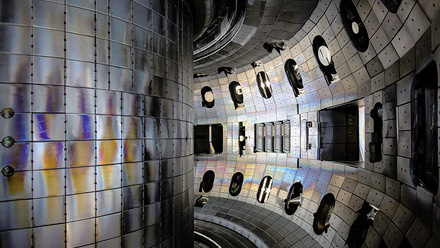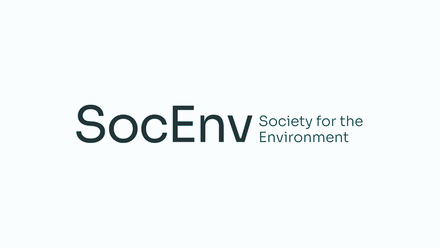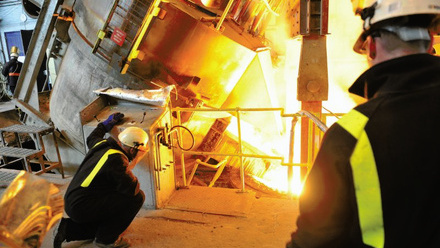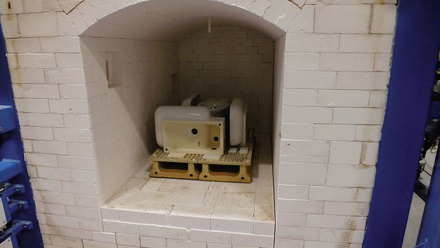Switched on for new opportunities in the energy transition
As the drive to net-zero impacts different sectors, many individuals are already transferring their skills to new roles.

Louise Gale CEng MIMMM, Materials Specialist at Rolls-Royce and member of the IOM3 Women in Materials, Minerals & Mining Committee
How has your job changed?
Previously, I spent over six years working on the development of ceramic composites for use in aerospace gas turbines (fuelled with kerosene). In 2021, I changed role to become the materials lead for Rolls-Royce’s hydrogen-burning gas turbine engine demonstrator programme. As part of this role, I’m working to validate and risk-reduce a range of aerospace materials for use in liquid and gaseous hydrogen.
What excites you about your new role?
The wide range of new materials technologies challenges that arise from running a gas turbine on liquid hydrogen, which need to be solved. I have enjoyed getting involved early on in the technology development process, where there is ample opportunity to define and steer technical strategy.
Have you found your previous expertise and knowledge useful in your new role?
In my previous role working on ceramic matrix composites, I had experience developing test capability and materials validation strategies. I have found this expertise to be very useful in my new role in hydrogen, for example, I have been working with universities and research partners to develop hydrogen test capability across the wide range of temperatures seen in gas turbines.
Has it been a steep learning curve?
Yes, it has been a steep learning curve. I’ve had to rapidly expand my knowledge of cryogenics and hydrogen embrittlement. However, I’ve accelerated my learning by looking at what has been done in the wider hydrogen economy and consulting experts in academia and research institutes. One of the key challenges is the wide range of materials that I have needed to assess to determine whether they can be used safely in hydrogen environments.
How is your sector as a whole changing?
In aerospace, there is a growing focus on the development of technologies that will be required to move aerospace to net-zero – including hydrogen, electrification and sustainable aviation fuel.
Do you have any recommendations for those who may be worried about their job being affected by the energy transition?
Although the prospect of change can be intimidating, the energy transition offers up lots of really interesting materials challenges where there is limited expertise – these gaps offer great opportunities for professional development. There are lots of soft skills and technical expertise that you will find are transferable into these new roles.
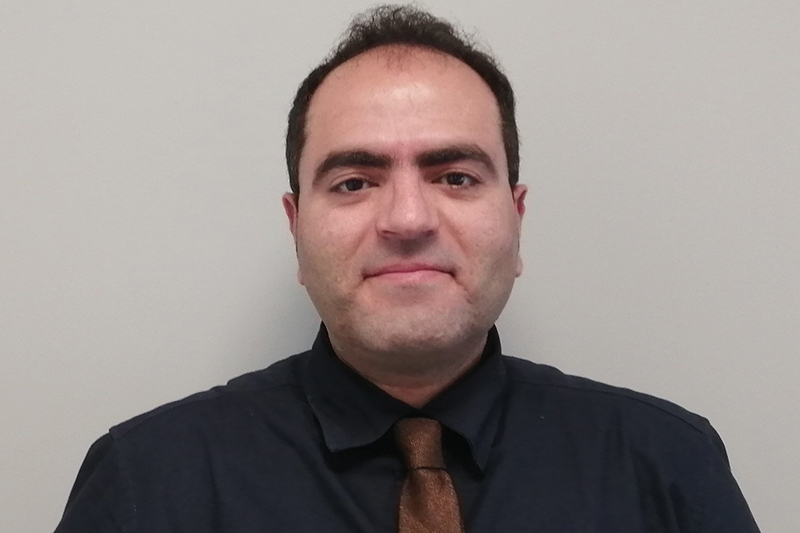
Reza Sanaee CEng FIMMM, Principal Geomechanics Engineer at COWI and IOM3 Strategic Advisor for Energy
How has your job changed?
Having worked in the oil and gas industry for over 10 years, I am now focusing on carbon capture storage plus geothermal energy. Some aspects of my work have changed significantly but other aspects have not changed that much. My modelling works have had to adapt to much shallower underground design works – for example, civil tunnels rather than deeper hydrocarbon reservoirs. The modelling is very different but the same rock engineering principles still apply.
On the other hand, I have managed to keep my sustainable energy remit productive via focusing more on the energy transition. I have applied my reservoir engineering and drilling/well engineering knowledge towards carbon capture and storage plus geothermal energy applications, so in this aspect not such a significant shift was needed.
What excites you about your new role?
I enjoy the variety of tasks that necessitate me to go outside my comfort zone and develop or refresh some knowledge and expertise. I have enhanced job satisfaction and feel I am responding to society and industry demands and emerging requirements, especially towards climate action targets.
Have you found your previous expertise and knowledge useful in your new role?
Absolutely. The engineering principles are globally applicable, and the knowledge has always conveniently come into play for thinking of novel solutions. In addition, the massive lessons learnt from the hydrocarbon industry play a pivotal role in planning for an optimum and swift energy transition while maintaining resilience.
Has it been a steep learning curve?
Indeed, a steep learning curve that has required me to develop some new skills, and maybe a change of mindset. Some new tools are needed, and different innovations are required. However, none of them are far from reach. Again, the knowledge base we have has us well-equipped to take on the challenge.
How is your sector as a whole changing?
Climate actions and net-zero targets are now the focus of the energy industry. Investments, policy and management at all levels are adapting to achieve the transition in the best way possible. It is still a long journey ahead, but some justifiable initial steps are being taken.
Do you have any recommendations for those who may be worried about their job being affected by the energy transition?
If you are prepared for some new challenges and an opportunity to develop skills, there is no need to be worried. The energy transition brings many opportunities, somewhat like the Industrial Revolution era. We adapted previously and we have everything that it takes to adapt once again and build a more sustainable future for society.
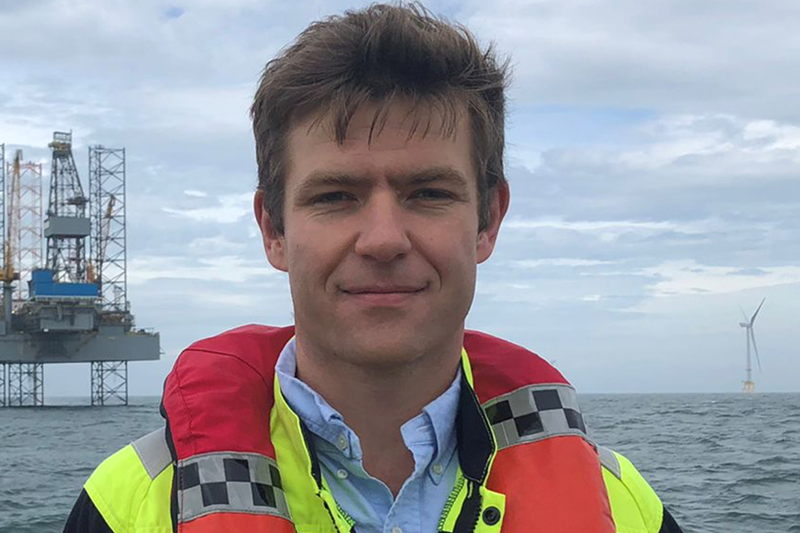
Harrison Waugh, Package Manager at Corio Generation
How has your job changed?
In many ways my role in offshore wind energy is identical to a similar position within an oil and gas project. Management of early-stage engineering and concept selection follows largely the same processes and often involves the same third-party service providers. One point of difference would be the lack of standardisation to the degree in which you may find it in a more established industry.
Engineering design and procurement philosophies can differ from project to project, and that requires a certain flexibility on the side of both the developer and the supply chain to find an optimal solution that can deliver a quality product, but also maximise value from the supply chain.
Standardisation is a key focus area moving forwards to enable projects and contractors to move between stage gates faster and deliver projects in a streamlined manner.
What excites you about your new role?
The ability to take lessons learnt from the oil and gas industry and deploy them in a developing industry. It’s a great opportunity to take the best of an established industry and apply it to a fast-growing sector. There are many synergies to enable such a transfer of knowledge but also areas of growth and development that I thoroughly enjoy chasing. I look forward to learning some of the innovative solutions that the offshore wind industry is deploying to construct some of the largest projects in the world, while also bringing some hard learnt lessons from the oil and gas sector to help shape future designs and campaigns.
There are many variables at play within offshore wind – technological, regulatory, commercial – and as such it is a very dynamic environment which, fortunately, I find hugely exciting.
Have you found your previous expertise and knowledge useful in your new role?
Knowledge from previous roles has been hugely helpful when facing challenges in my new role. I specialise in engineering and project delivery and have found that the processes that underpin such activities are largely common. The completed assets may be different, but the processes employed to design, and construct are often the same, if not very similar.
A good example is where a topside or jacket structure may be fabricated in a third-party fabrication yard. The yard will use the same construction management processes whether it is an oil and gas topside or an offshore substation. The same is true for health, safety and environment/quality-assurance processes, transport and installation, etc. This standardisation enables lessons from previous projects to be deployed regardless of the asset’s final destination. I have found this particularly valuable in areas such as engineering management and offshore operations.
Has it been a steep learning curve?
Some aspects of transitioning into offshore wind have involved a steep learning curve. A good example of this is the multiple interfaces each part of a windfarm has with each other. In order to deliver the optimal design for the windfarm, the engineering for the turbines, cables and substations must all be progressed in parallel. Every decision that each package makes may have an impact on its neighbour in terms of capital expenditure/operating expenses, and understanding these interfaces is key.
Coming from an adjacent industry meant that knowing where these interfaces are takes time and some hard lessons, but similar experiences in oil and gas and an open mind has helped highlight key areas of risk for prioritising in the future.
The devil is in the detail and even if the terminology is alien, the basic aim is typically clear, and it may simply require a helping hand from a discipline expert to push you in the right direction the first time you come across a misalignment.
How is your sector as a whole changing?
I think that scale and the management of its increase is an important factor in the near term. The next generation of windfarms are some of the largest construction projects in the world. They can involve fabrication yards in all corners of the globe and the largest mobile infrastructure on Earth required to deliver assets to a site, which can be hundreds of kilometres-squared.
Delivery projects on such a scale brings with it not only the technical challenges of managing complex interfaces, but also the commercial risk in acquiring and deploying capital in the current economic environment. To date, the industry has not been hugely successful at standardisation and modularisation – I see these as two key aspects to help unlock the next generation of ‘rapid’ roll-out developments.
Do you have any recommendations for those who may be worried about their job being affected by the energy transition?
Looking at the scale of the investment and the real-world build-out of projects to date, there is no doubting that the transition is here. It will disrupt and force evolution in a variety of industries adjacent to the energy sector. I personally see this as a great opportunity to embrace the change and find where I can best deploy my skillset and interests to accelerate the transition away from a hydrocarbon economy.
To facilitate a move into the offshore wind (or similar) sector, I recommend researching the industry and undertaking courses online (there are many providers, some available free of charge) to provide a foundational understanding of the kind of roles available. Beyond providing an idea of which roles to target, the courses also provide a base knowledge to talk from during interviews. There are certain areas of renewable industries that are highly specialised. However, I would say these roles are in the minority, with the large body of project development and delivery exhibiting synergies with other infrastructure sectors.


